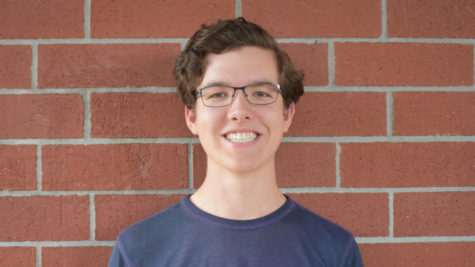The Case for Waiting
Photo provided by: Porter Huyck
A public events notice board for the Wekiva Hunt Club Community Association notifies residents that public areas are closed until further notice on May 13.
May 30, 2020
After roughly 6-8 weeks of shutdown, states are beginning to reopen public areas and businesses as stay-at-home orders expire and people itch to get back to work and “normal” life. The impulse to open back up is understandable but dangerous. We are in the midst of a public health disaster not seen in a century, but one of the lessons that can be drawn from the 1918 influenza pandemic is the importance of shutting down early and for a long time. Rather than opening up as soon as possible, state and local governments should continue to keep states and communities as shut down and distanced as is feasible until there is better testing, better treatments, or a vaccine.
Over a century ago the United States was hit hard by a deadly influenza pandemic that killed millions of people across the country. Due to the record keeping and administrative structures of the time, cities are the primary unit of government that we can look to for information on how to respond to a deadly pandemic of respiratory virus and there is much to learn from their experience. Cities that closed early and stayed closed saw dramatically reduced mortality from the flu. Philadelphia refused to close down, instead holding a patriotic parade with hundreds of thousands of people gathering together. 14 days later the city instituted lockdown measures meant to control the spread of the virus. However, it was too little too late and Philadelphia became one of the epicenters of the pandemic, much like whole United States is now the epicenter of the COVID-19 pandemic. Conversely, St. Louis enacted shut down measures almost immediately and suffered many fewer flu deaths as a result. Even when it is not evident to the naked eye that disease is present in a community, measures to keep people apart early are an important tool to reduce the impact of disease.
While no spikes in cases have appeared yet, it is possible that the delay in symptom manifestation that makes this virus so contagious is keeping an increase in cases from appearing immediately after states begin to reopen. This possible spike in cases is the danger that we face if we open up too soon. A second spike will kill more people and damage our economy even more. Another lesson that can be learned from 1918 is that the cities that closed down sooner experienced fewer negative economic effects in the wake of the pandemic. The simple fact is that when less people die the economy does better.
Reopening should be contingent on decreased case counts and more effective methods of controlling COVID-19, not market worship or the gut feelings of our leaders. The lessons of 1918 can help prevent us from repeating history in the worst ways possible and save hundreds of thousands of Americans from a slow and painful death or whatever lasting health issues COVID-19 leaves behind.






